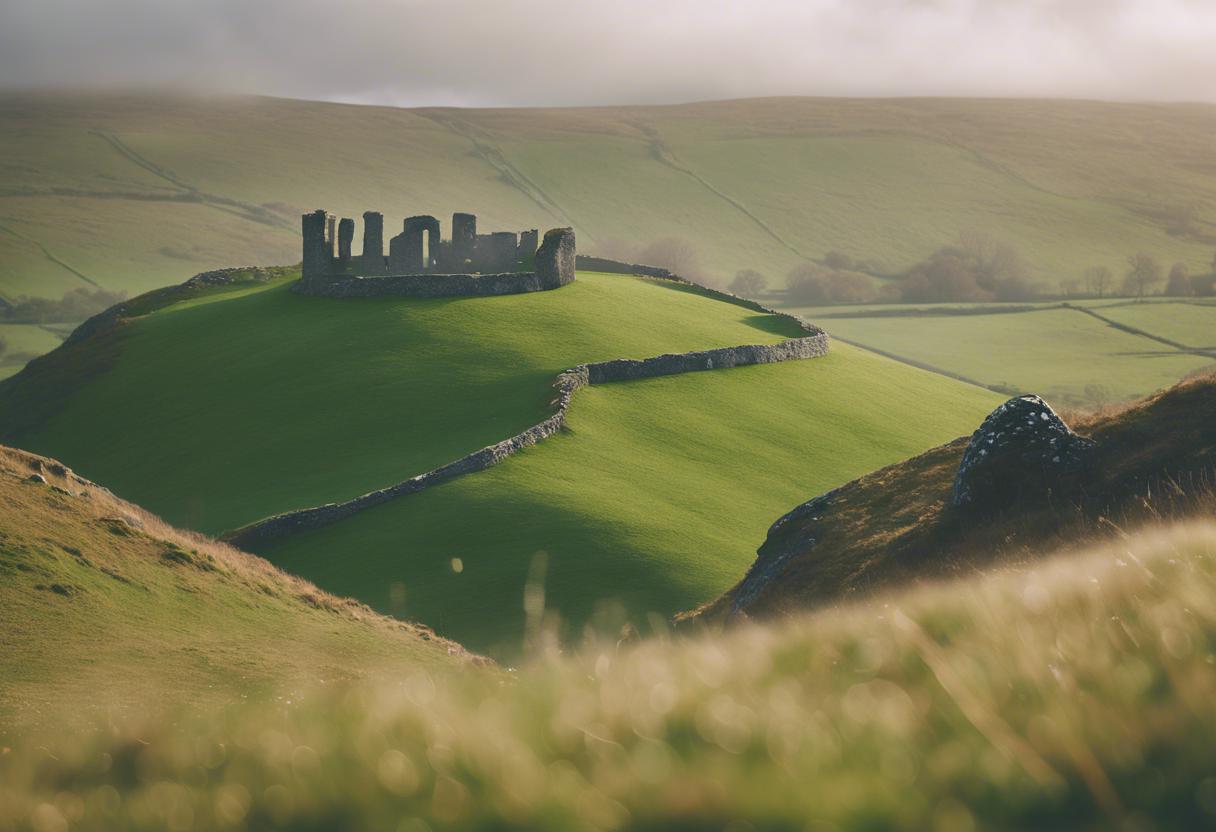The text ‘A History of Irish Magic’, by Sally and James North, details the viewpoint of Madame Blavatsky, co-founder of The Theosophical Society in 1875, regarding Ireland as a global yogic mystery academy. As outlined by the Norths, the term ‘magic’ in this context relates to paranormal activities instigated by deliberate action, both inward and outward. Furthermore, it elucidates on the concept of naturally mystical beings such as deities, fairies, and magical ancestors. It espouses the belief in the inherent magical attributes and powers of the land.
In addition to illuminating the Celtic folklore, the Druidic tradition and “Celtic Mysteries” reawakened by WB Yeats, the construct of magic in the text also encompasses the Irish embrace of Hinduism, Buddhism and yoga – occult practices; Hermeticism; and the belief systems and practices of the ancient Near and Mediterranean East tantamount to the Persian “magi” and the Egyptian civilisation.
The book unravels the relatively few documented instances of witch allegations and burnings that transpired in Ireland. This includes several horrific instances of murder and violent assault triggered by the irrational belief in fairy possession, such as the 1895 murder of Bridget Cleary by her spouse. The main proposition in the text is that Ireland evaded the common witch burnings which plagued Europe and Britain due to the acceptance of witchcraft as a component of Gaelic-influenced culture.
In the text, the Norths assert that “the course of Irish public affairs throughout its documented history has been greatly influenced by magical belief”. They proclaim that magic was embedded into Gaelic culture using the Druidic tradition and Brehon Law. Conjointly, the struggle for political autonomy in Ireland was shaped by mysticism, mythology and the cultural revolution instigated by the Celtic Twilight literary resurgence.
James Joyce may have ridiculed the “Cultic Toilette”, however, he along with numerous writers, held in high regard its chief advocate: George Russell. Better recognised by his mystical name, “AE”, Russell was a poet, painter, journalist, psychic, meditator, and a spiritual and cultural reformist. He also championed farmers’ rights and played a significant role in the co-operative movement. AE’s influence extended to Irish freedom proponents including James Connolly, whom he encountered during the 1913 Dublin Lockout and strike amidst his efforts to mediate a resolution.
The book ‘A History of Irish Magic’ is packed with insights for those fascinated by Irish mysticism, stressing how magic and the wielders of magic have been integral to Irish existence, for thousands of years, subtly visible yet often overlooked.
Adrienne Murphy is an independent critic.

